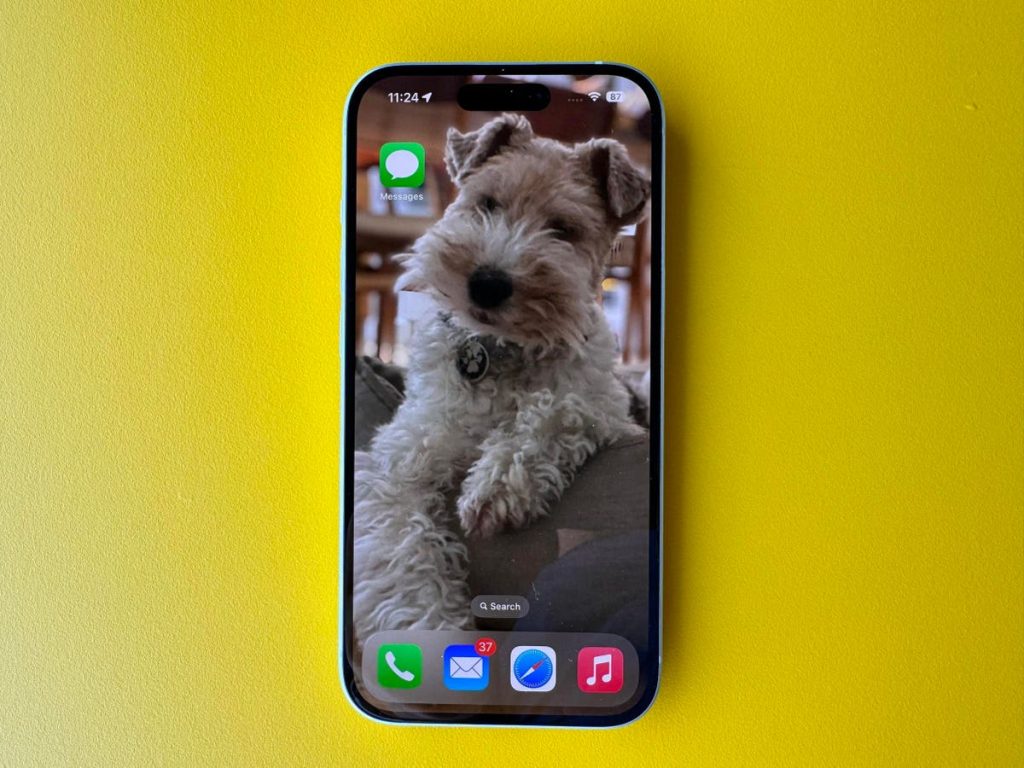October 3 update below. This post was first published on Saturday, September 30.
The latest iPhones went on sale just over a week ago. Since then, some users have commented that their phones have been getting hotter than expected. In some cases quite a lot hotter. In the last few minutes, Apple has exclusively been in touch to talk to me about what’s going on.
Here’s what Apple said: “We have identified a few conditions which can cause iPhone to run warmer than expected. The device may feel warmer during the first few days after setting up or restoring the device because of increased background activity.”
This is to be expected. When you set up a new iPhone and it’s redownloading all the apps, photos and music, for instance, that you accrued on your previous phone, it means your new device is working overtime, and sometimes over-temperature, to get it all done as quickly as possible. But, intriguingly, there’s more.
Apple went on, “We have also found a bug in iOS 17 that is impacting some users and will be addressed in a software update. Another issue involves some recent updates to third-party apps that are causing them to overload the system. We’re working with these app developers on fixes that are in the process of rolling out.”
This is tremendous news—it’s not something users will have to face long-term. I should add that not everyone was affected by this and the iPhones I’ve been testing for review haven’t come across this issue at all, for instance.
There has been much speculation that this could be down to the new titanium material that is one of the big updates on the iPhone 15 Pro and iPhone 15 Pro Max. This never made sense to me, not least because iPhone 15 and iPhone 15 Plus users were reporting overheating, and there’s no titanium in those handsets.
What’s more, Apple has been consistent about how titanium, in conjunction with its aluminum substructure, is great at dispersing heat. Better, indeed, than any previous stainless steel iPhone Pro model. The design of the iPhone 15 Pro and iPhone 15 Pro is not causing overheating, Apple says.
There are some apps, Apple says, that are known to raise the temperature, physically as well as emotionally. For example, Instagram, Uber and Asphalt 9 can all cause the iPhone to get hot and Apple is working with the app developers to address this, and investigating to see if other apps are causing this. I’m told that Instagram introduced a fix with its update on September 27, so it’s good to check your iPhone has the latest version (which is version 302).
I’m told that the update to iOS 17 which is currently in beta, iOS 17.1, does not involve reducing performance in order to address the issue of the iPhone’s temperature.
Other culprits can be larger USB-C power adapters, those above 20W, which can cause a temporary temperature increase. If you have a suitable charger with a higher wattage, providing it’s compliant with the USB-C PD (power delivery) standard, it’s still safe to use, as the iPhone automatically regulates its power draw.
Finally, Apple stresses that there’s no risk to safety or to long-term performance of the iPhone as iPhones and other iOS and iPadOS devices have built-in protections to prevent overheating. If the temperature inside the iPhone increases beyond the normal range, it protects its components by regulating the temperature.
October 3 update. The latest overheating issue has taken a new turn. Now, it seems BMW cars are causing serious problems with wireless charging of iPhones—and it may not be restricted to the latest models or even just BMWs.
The BMW problem was spotted by MacRumors, and it seems that placing an iPhone 15 on the wireless charging pad could lead to the NFC chip used for Apple Pay becoming useless, not to mention the Apple digital Car Keys feature.
Now, though, it seems more phones and more cars are involved. According to 9to5Mac in a new report, some users are finding the same issue with iPhone 14 models like the iPhone 14 Pro Max. Content creator Aaron Zollo tweeted, “This is also with iPhone 14 models. It’s more of a phone heater than a phone charger. I experienced the same thing in Audi as well. The phone is so hot you can’t touch it so I stopped using the wireless charger in my Audi. It occurred on my iPhone 14 Pro Max and 15 Pro Max.”
And it seems Tesla QI chargers can heat an iPhone 12 Pro Max up alarmingly, too.
If the bug is, as Apple says, in iOS 17, then avoiding car wireless chargers may be a good idea for the moment and relying on the USB-C cable that is supplied with the new iPhones, for instance. This doesn’t explain the banjaxing of the NFC chip, but that’s just further reason to exercise caution right now.
Read the full article here










